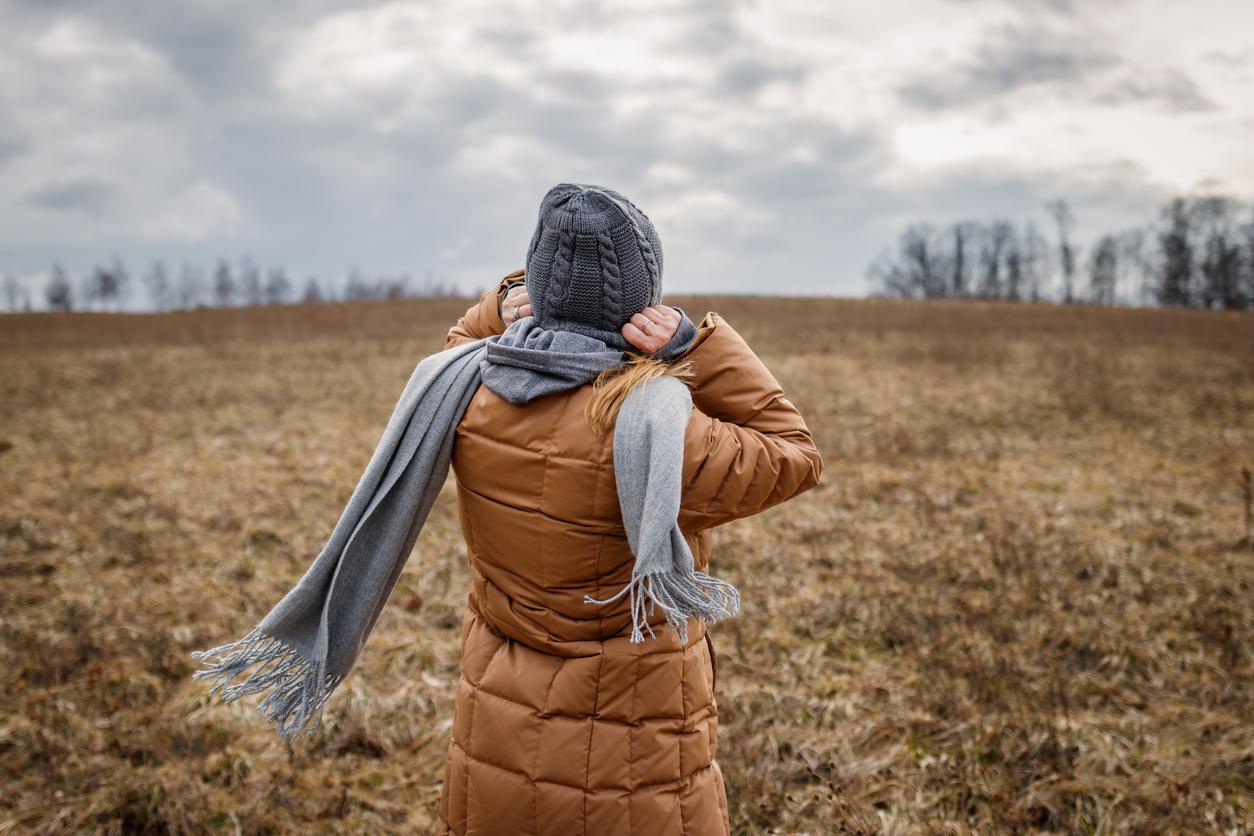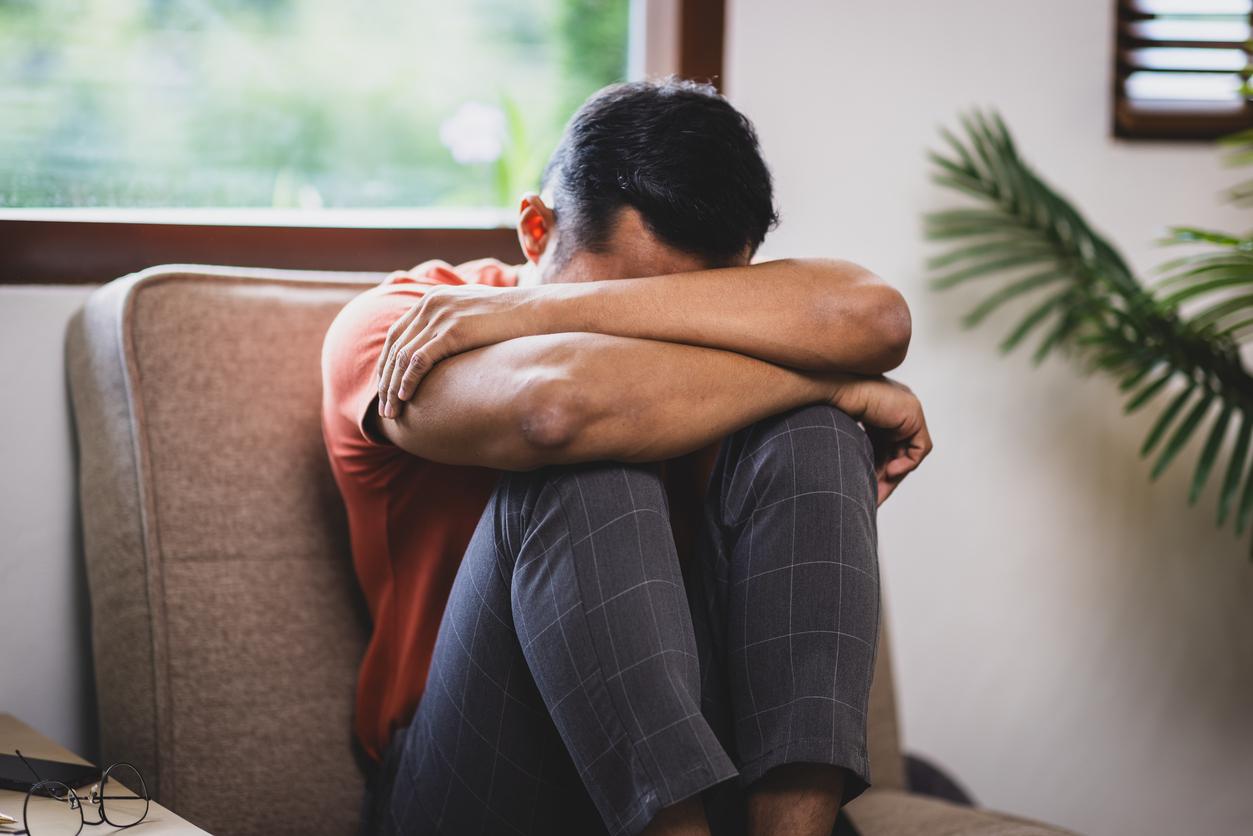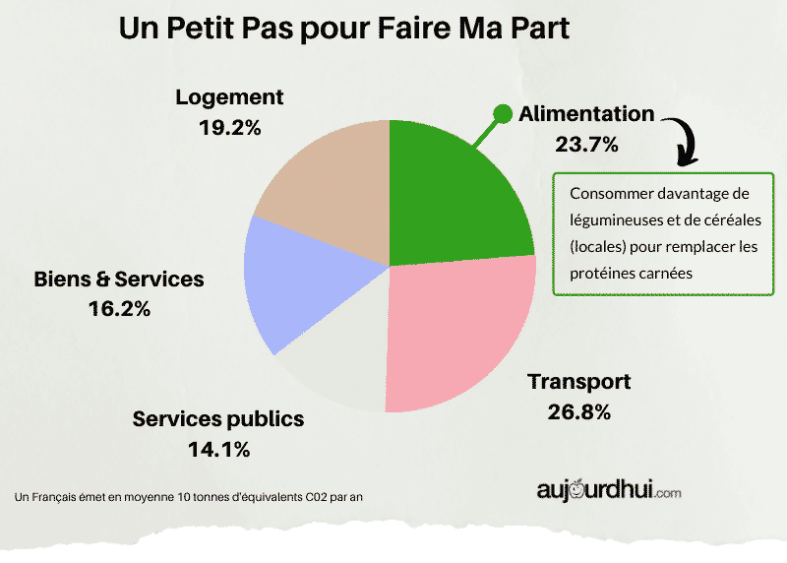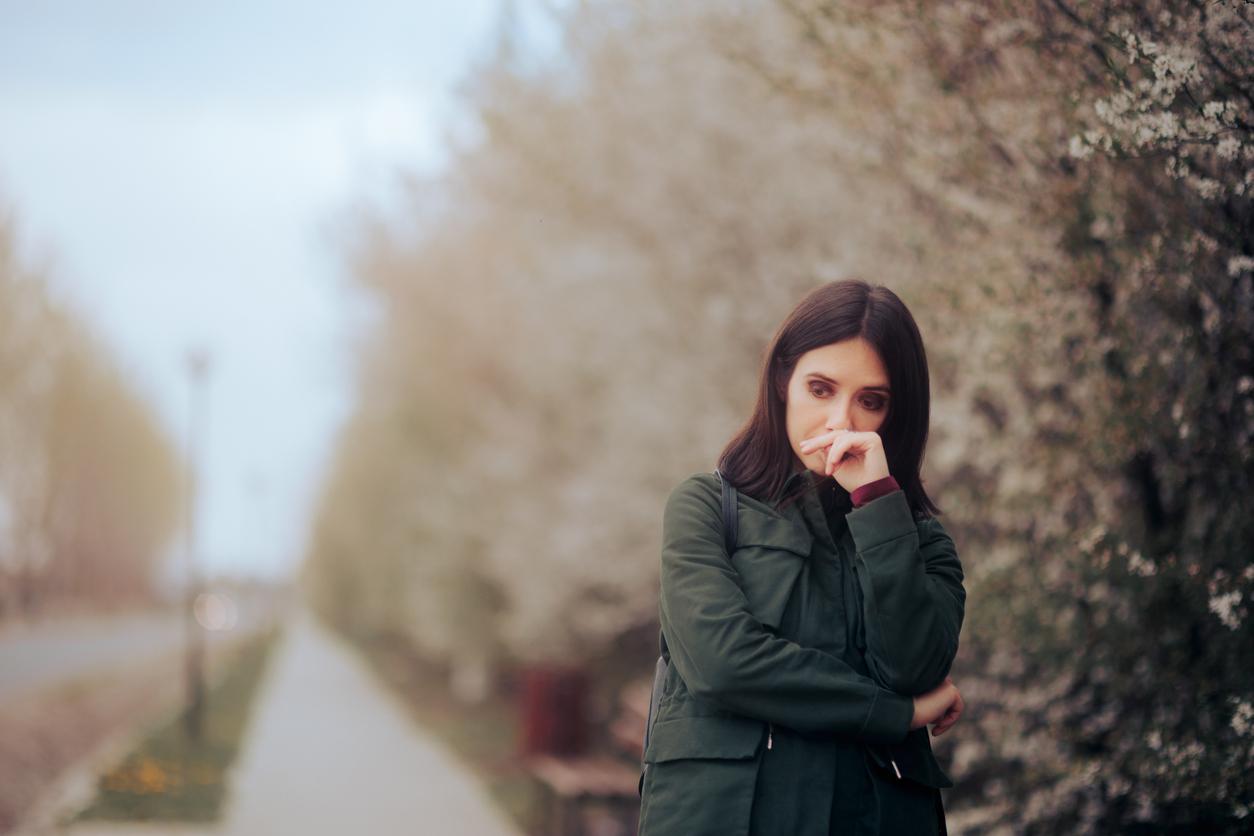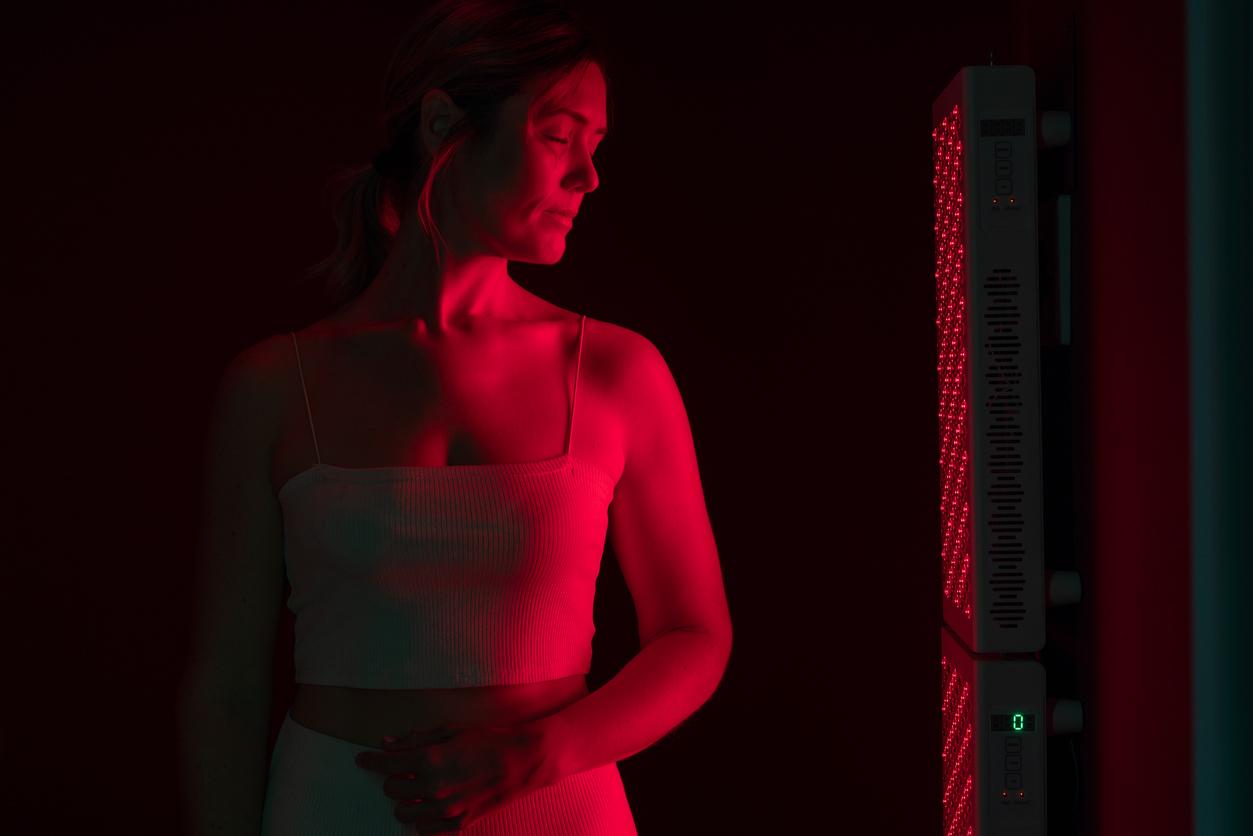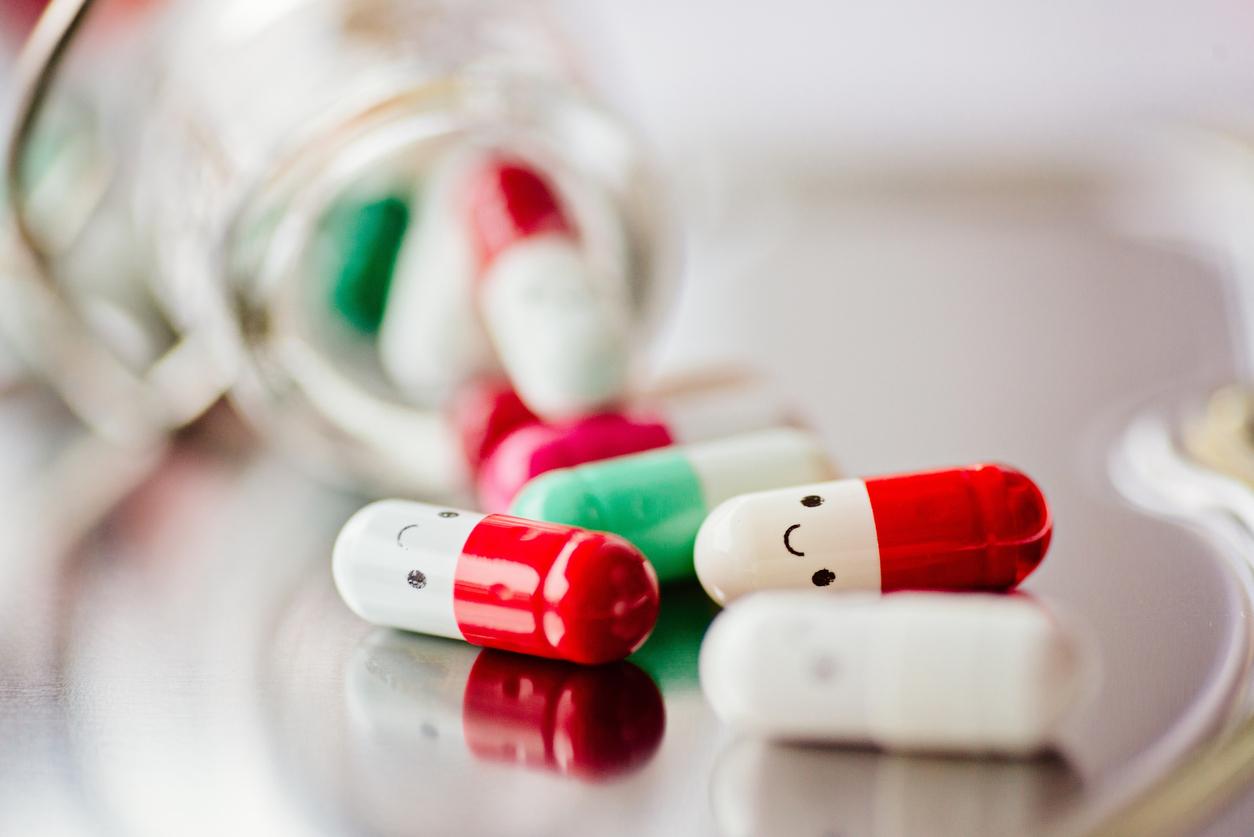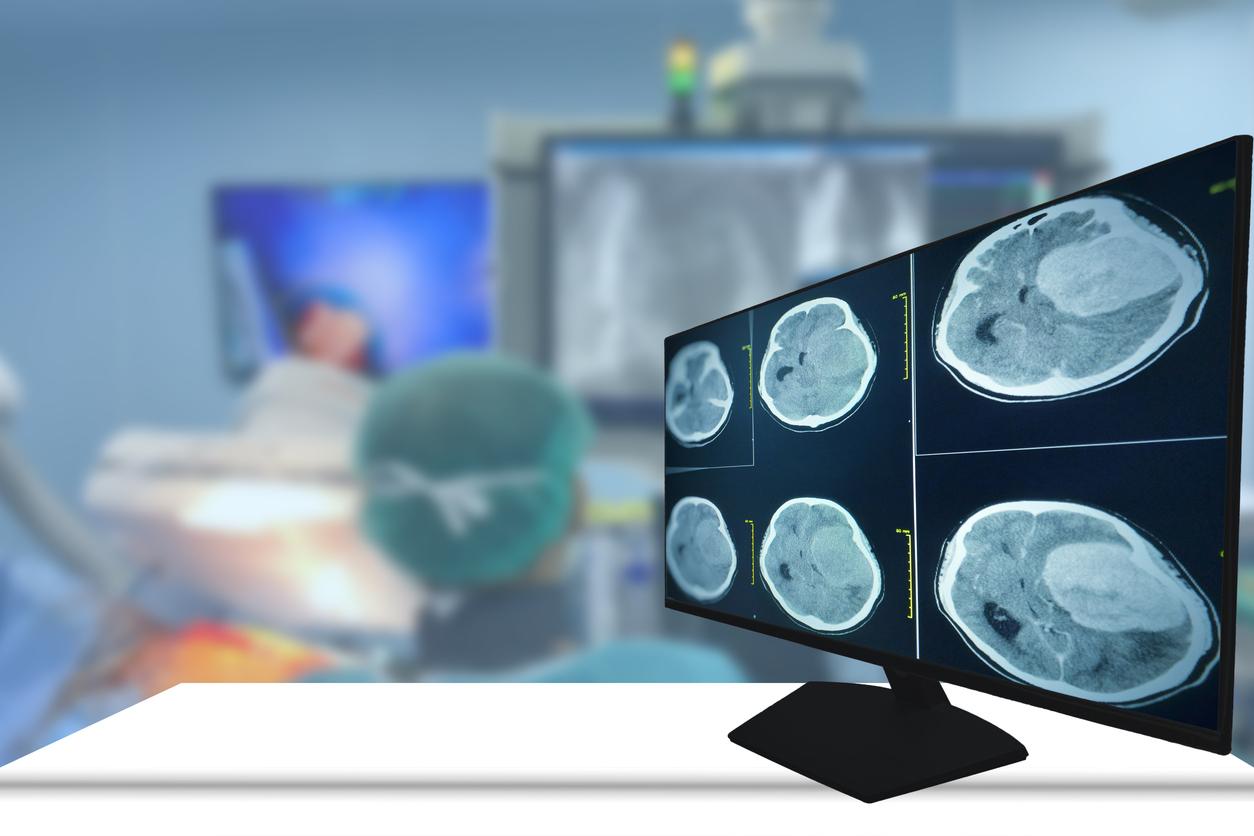If light therapy is used to treat seasonal depression, its effectiveness could place it as a first-line treatment for “classic” depression. This is revealed by a study conducted by French researchers.
-1573120492.jpg)
Faced with the transition to winter time, the shortening of days and the lack of natural light, one in ten French people would be affected by seasonal depression, which sets in at the end of autumn before disappearing in spring.
Loss of energy and interest in activities, lack of concentration, difficulty making decisions, severe stress, sleep and mood disorders, low libido, sadness, withdrawal and isolation, worthlessness, ideas black… Symptoms of seasonal depression can be comparable to those of “classic” depression – whereas, as a reminder, the winter blues are lighter since they are manifested by a loss of tone, a craving for sweets, and mood changes.
Behind seasonal depression, a drop in serotonin and an increase in melatonin
Caused by an imbalance of the internal clock due to an abnormal increase in melatonin – the sleep hormone – during the day, as well as by a decrease in the production of serotonin – the hormone of well-being – the Seasonal depression has been treated for several years with light therapy.
The principle: exposure to a lamp diffusing high intensity light – 10,000 lux, when that of an artificially lit room is 200 to 300 lux, while the natural light of a sunny day is 100 000 lux – for half an hour, every day for at least two weeks.
A meta-analysis to compare the effectiveness of light therapy with that of antidepressants
This treatment, which has the advantage of having no side effects, unlike antidepressants, was the subject of a study conducted by Pierre Alexis Geoffroy, psychiatrist and sleep doctor in the department of psychiatry and addictology Bichat and Beaujon hospitals in Paris, in collaboration with colleagues from the Strasbourg University Hospital.
By making a meta-analysis – published on September 18 in the magazine Sleep Medicine Reviews – the team aimed to look at trials that compared the effectiveness of light therapy with that of antidepressants, as well as that of their combination.
“Antidepressants remain by far the first-line treatment3
“Although light therapy has been recognized as effective in the treatment of seasonal and ‘classical’ depression, it is underused in clinical settings, while antidepressants remain by far the first-line treatment”, assure the researchers to explain their approach.
A lack of exploitation that should not, however, take place. “No difference was observed between light therapy and antidepressants, with a clear superiority of the combination of these two treatments, can we read in the extract of the study. Therefore, light therapy alone – as well as the combination – can be offered as first-line treatment in seasonal depression, as ‘classic’”.
Which device to buy?
Vigilance, however: you must limit yourself to the purchase of devices classified as “medical device”, which can be checked with the four digits appearing behind the word “CE”. Also, even if it is not necessary to fix the lamp, light therapy is strongly discouraged for people with eye disease, such as glaucoma, retinopathy or AMD.
.






